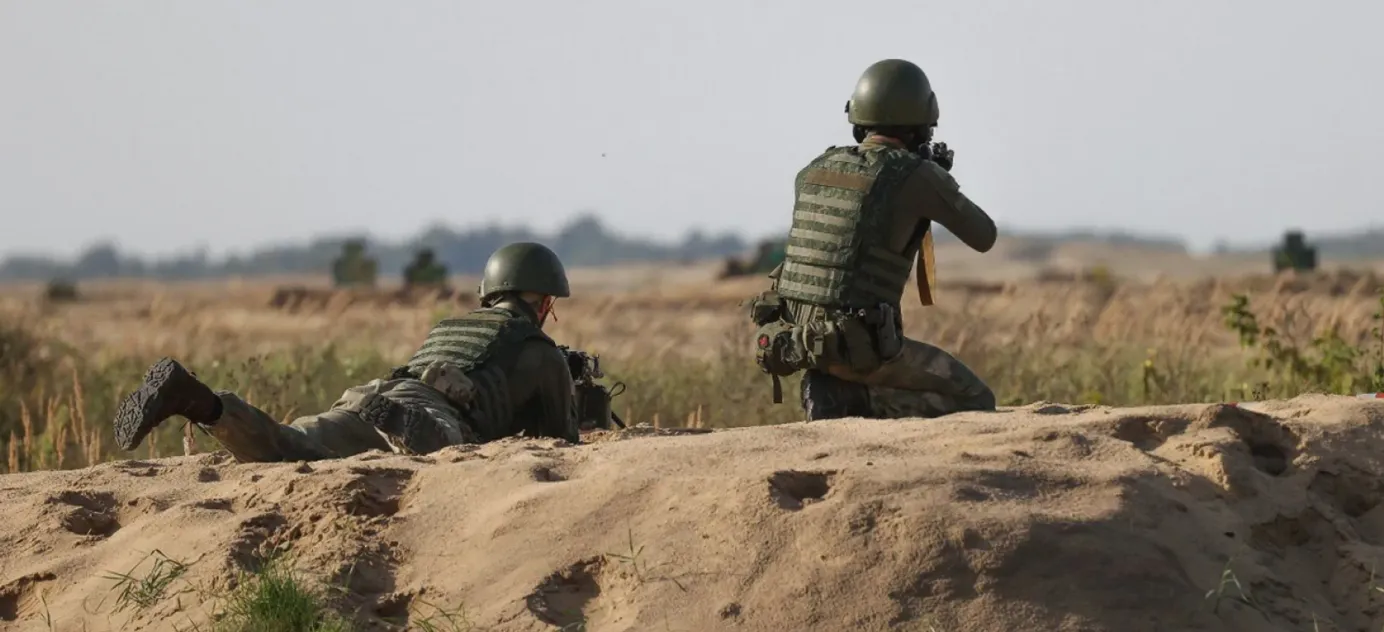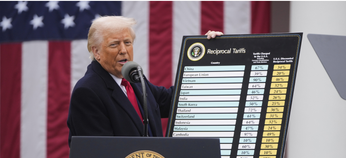
Russia boosts army sign-up bonuses amid escalating frontline losses
After the unpleasant experience with forcibly calling up army reservists in the 2022 “partial mobilization” drive, the Kremlin has since gone into overdrive to convince people to sign-up as contract soldiers for the invasion of Ukraine. The recruitment of “volunteers” (those who sign-up specifically to take part in the war on Ukraine) has allowed Moscow to replace losses at the front. But, the practice is getting increasingly expensive. Dozens of regions have raised payments for those signing up in recent months, with the one-off sign-up bonus reaching three million rubles ($30,000) in some areas.
- The business daily Kommersant collected data on one-off payments for signing a contract with the army in various Russian regions. The payment comes in two parts: each volunteer gets 400,000 rubles from the federal budget, then the region where they were recruited typically makes a top-up payment, set locally. Since the start of this year, regions have been competing to offer the most generous amount.
- Ten of 89 regions (the 89 includes five in Ukraine — Crimea, Donetsk, Kherson, Luhansk and Zaporizhzhia — that Moscow claims to have annexed) are offering more than 2 million rubles ($21,500) as a total sign-on package. The biggest “golden handshake” is in the Belgorod region, which borders Ukraine, where governor Vyacheslav Gladkov recently upped the payment to 2.6 million rubles from 800,000. In wealthy Moscow, the sign-up bonus is 2.3 million rubles. St. Petersburg also makes the top 10, along with the oil-and-gas rich Khanty-Mansi, Yamalo-Nenets and Tatarstan regions, military industrial centers in Kurgan and Sverdlovsk regions, the densely populated Krasnodar Territory and Tatarstan, plus Karachay-Cherkessia in the North Caucasus.
- The payment is smaller in other regions but a trend of higher payments is clearly visible. In several places there have been frequent gradual increases, whereas others have gone for one-off big hikes. For example, in Stavropol, the amount of offer went from 200,000 to 1.5 million rubles. Even in the poorest areas, payments are running at the same level as the 400,000-ruble federal contribution. Thus, every volunteer recruit gets at least 800,000 rubles ($8,500) for agreeing to fight in Ukraine.
- It is hard to imagine that Russia has simply decided to start offering soldiers more money out of generosity. Instead, it points to a basic shortage of supply. Potential soldiers assess the benefits of signing up based on the pros and cons. The “pro” is overwhelmingly financial — a substantial one-time payment, plus monthly pay (starting at 210,000 rubles upwards, more than twice the average wage) for however long they are in service before being killed or injured (there is no other way to “leave” or be discharged from the “special military operation”). The “con” is exactly that — being killed or seriously injured. There is little reliable data on life expectancy among those sent to the front, due to the lack of official information. The BBC and Mediazona say deaths of “volunteers” now account for more than any other type of Russian soldier. And based on analyzing the fate of 3,000 mobilized soldiers who were conscripted in the September 2022 drive and later killed, IStories and the Conflict Intelligence Team calculated half who died did so within five months of being sent to the combat zone.
- Up until now, the “pros” have outweighed the “cons,” allowing Russia to replenish its ranks. But the balance is fine, according to The New York Times. It reported around 25-30,000 contract soldiers a month are joining the Russian army — “roughly the same as are leaving the battlefield.” Among other things, this means that recruitment this year will fall short of last year’s record 490,000 men.
- According to US intelligence assessments, cited by the NYT, Russia has lost 615,000 men since the start of the war — 115,000 dead and 500,000 injured. September was the bloodiest of the war, it added. Ukraine’s estimated losses are exactly half Russia’s: 57,500 dead and 250,000 wounded.
- We recently devoted an extended article to the “price of life” in Russia, showing that Russians tend to place a low estimate on the value of a person’s life. According to surveys, they said the level of fair compensation for somebody’s death would be 5-8 million rubles ($52,000-83,000) — based on the likely sum they would earn before their natural death. This ties in to the maximum payment offered to the families of dead servicemen, about 11 million rubles. This sums up the deal that contract soldiers strike with the authorities. “They sell their blood for money that they could not earn with their labor or their minds under the current system,” Pavel Luzin, a senior research fellow at the Jamestown Foundation, told The Bell.
Why the world should care
Large payments to contract soldiers are barely able to maintain the size of Russia’s fighting force given the current level of battlefield losses. Any attempt to seize the initiative in the war would require another round of mobilization, something that Vladimir Putin has carefully avoided. This dynamic makes some kind of status quo at the front more likely. “We are watching very closely to what extent and for how long Russia can maintain its current system,” a Pentagon official told the NYT.



PAID SUBSCRIPTION LAUNCH
From May 1, 2025, The Bell in English will no longer be free
From May 1, 2025, all The Bell’s newsletters and online content will be behind a paywall. We have taken this decision so that The Bell can remain financially independent, and maintain our high standards of journalism and economic expertise






